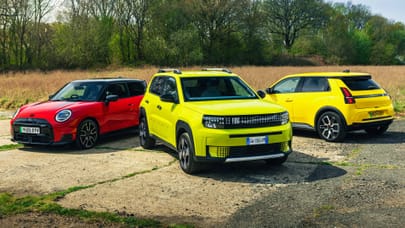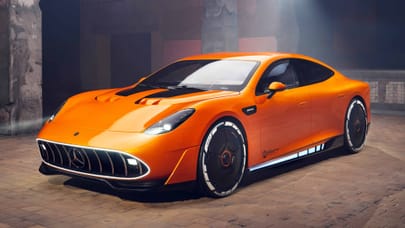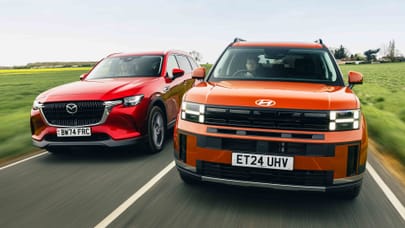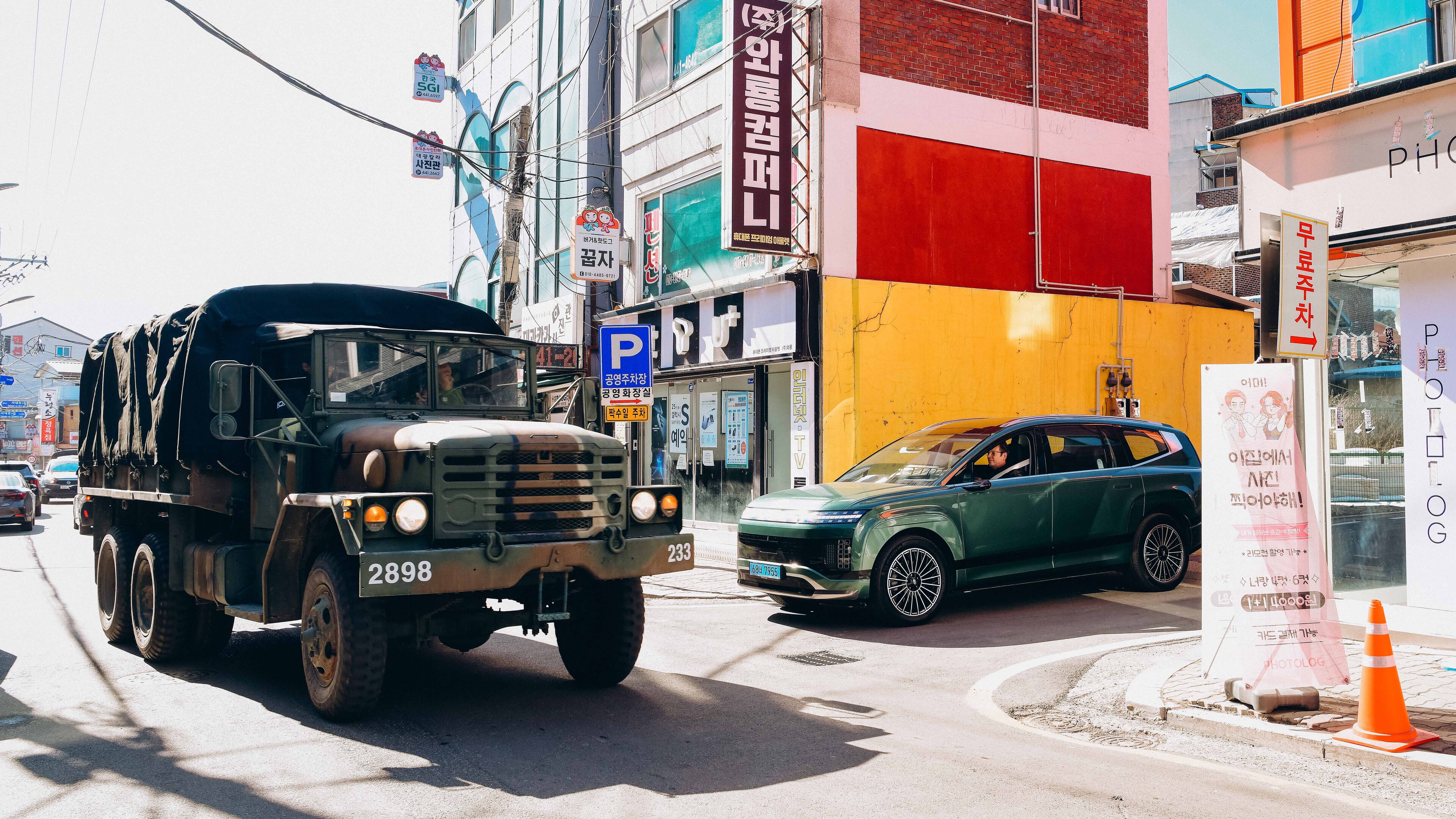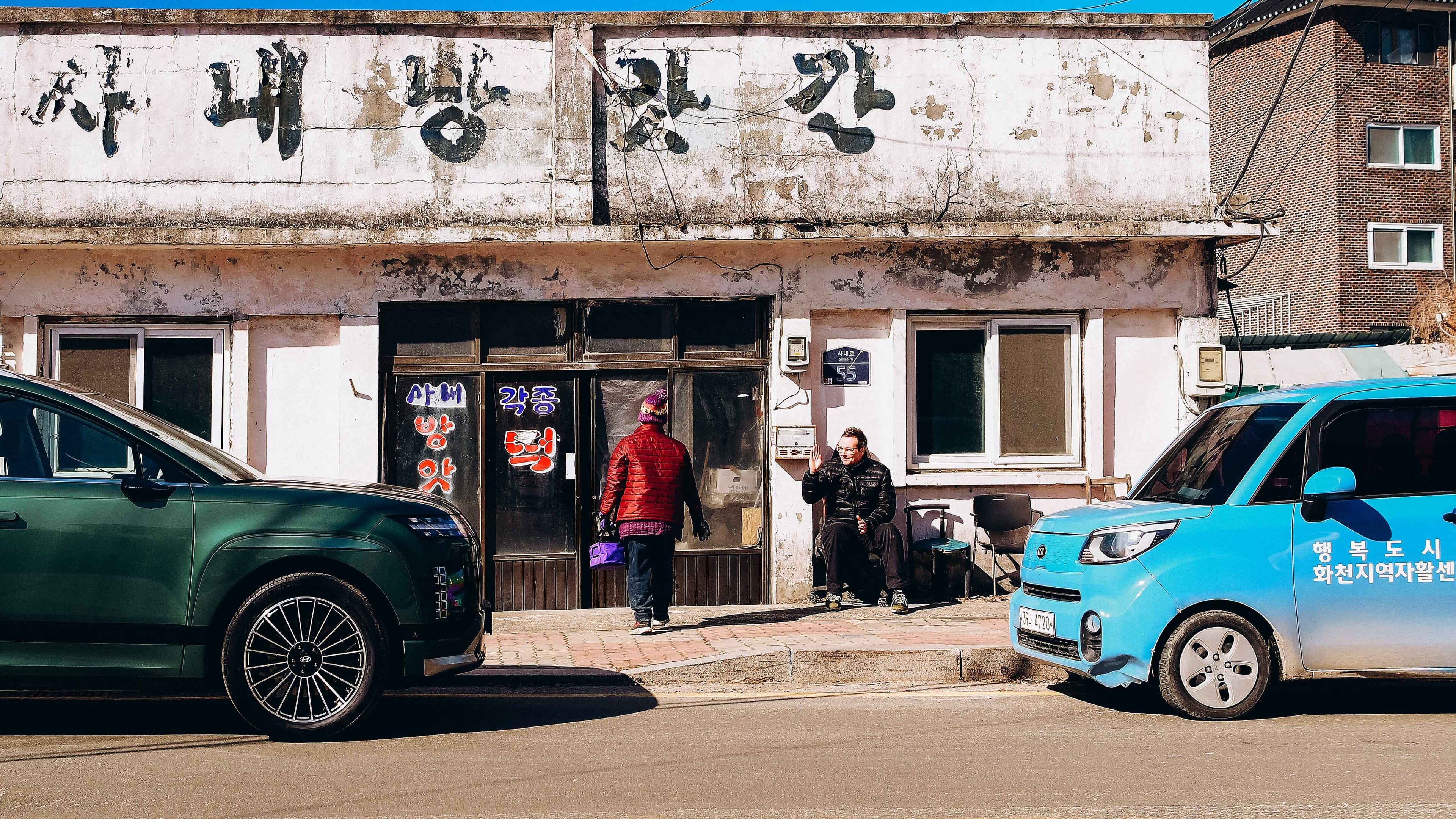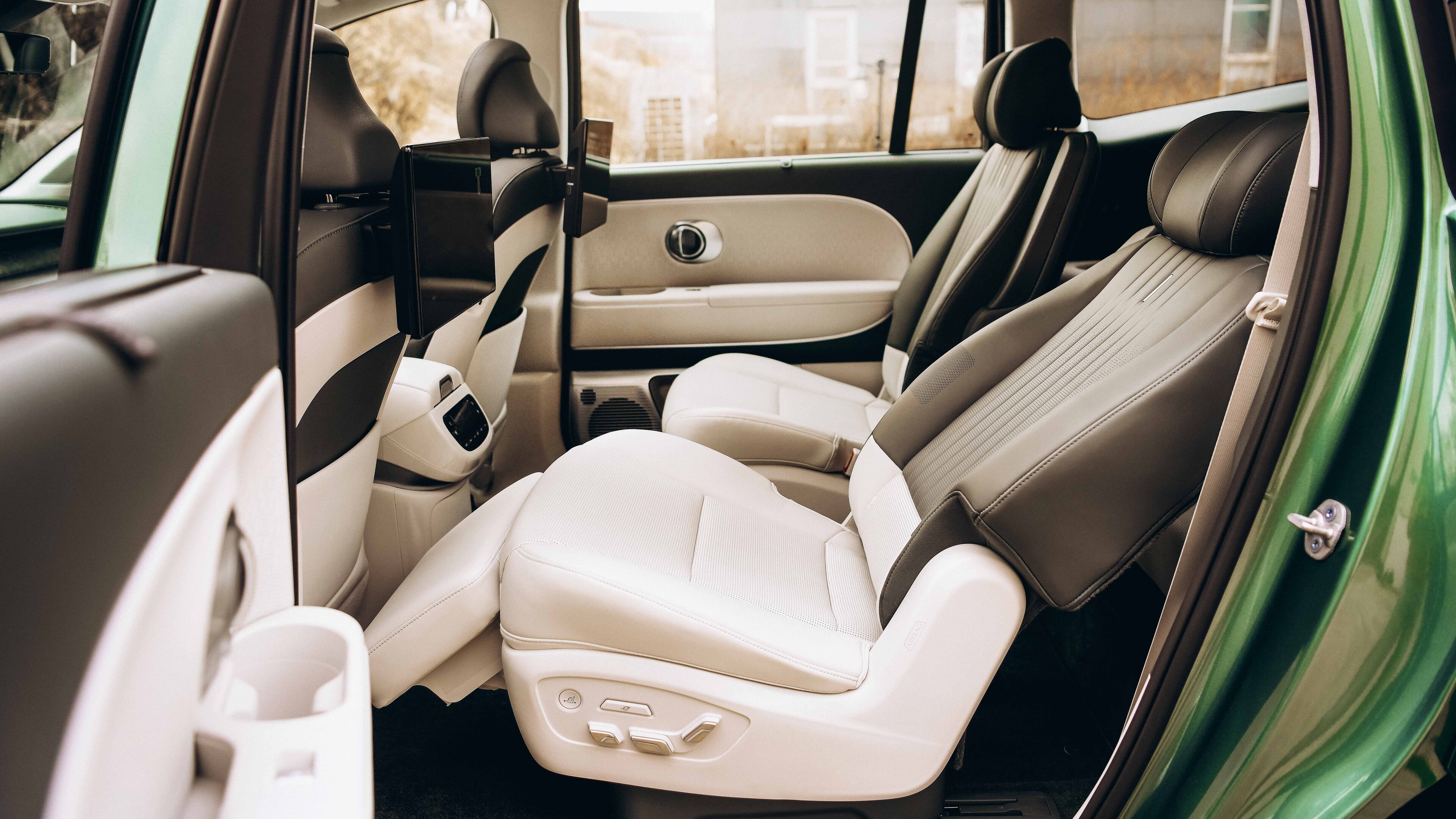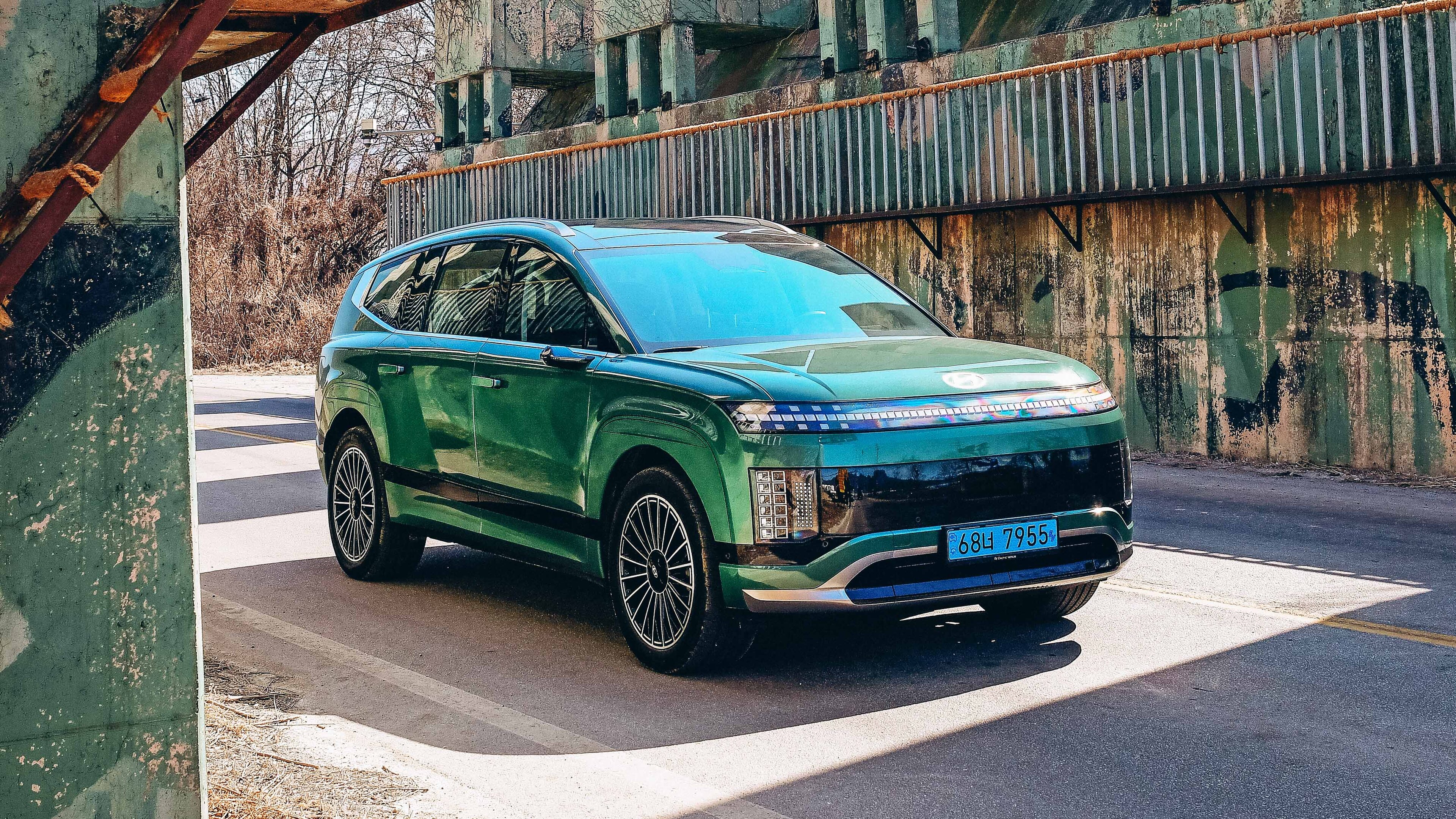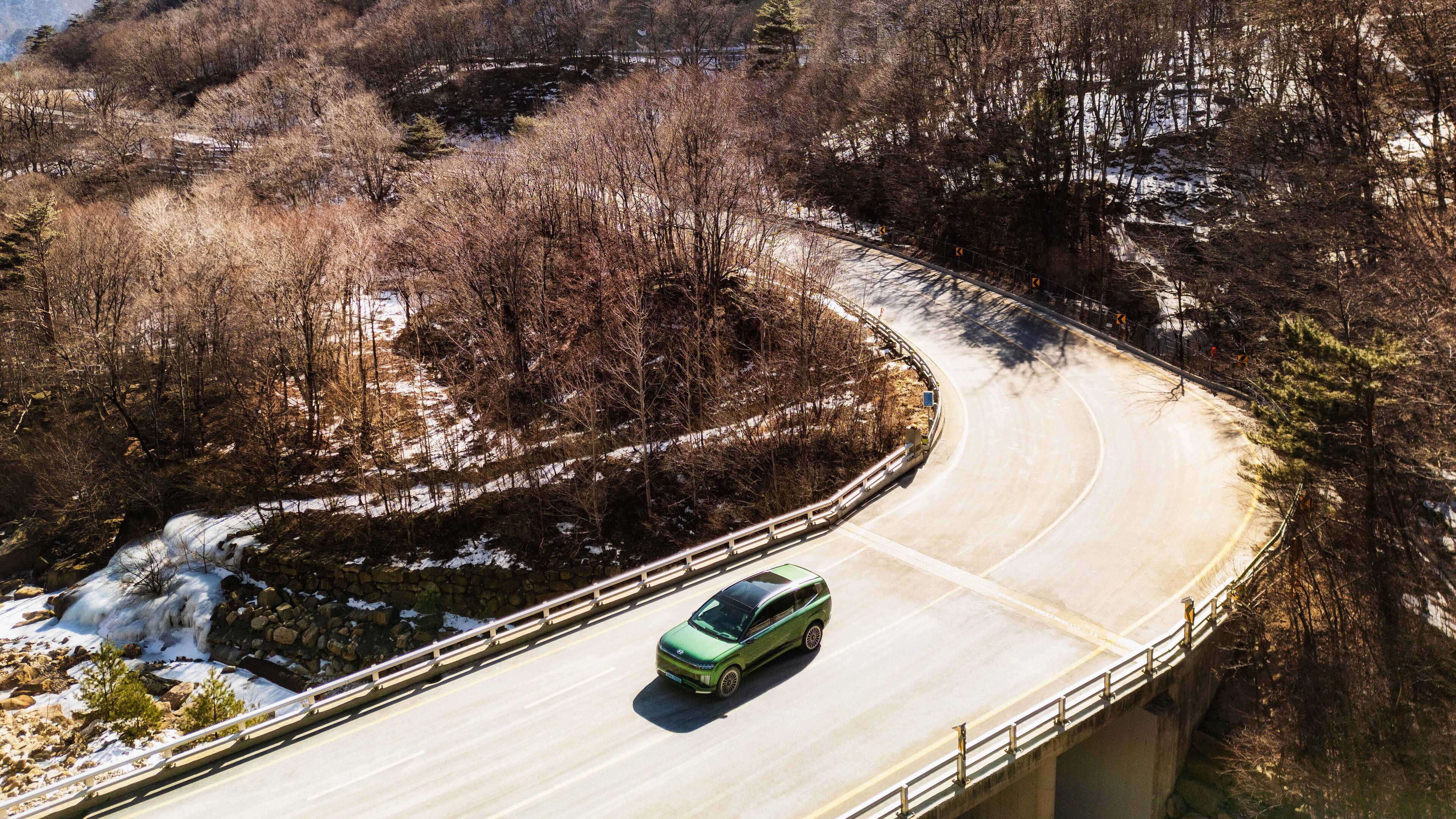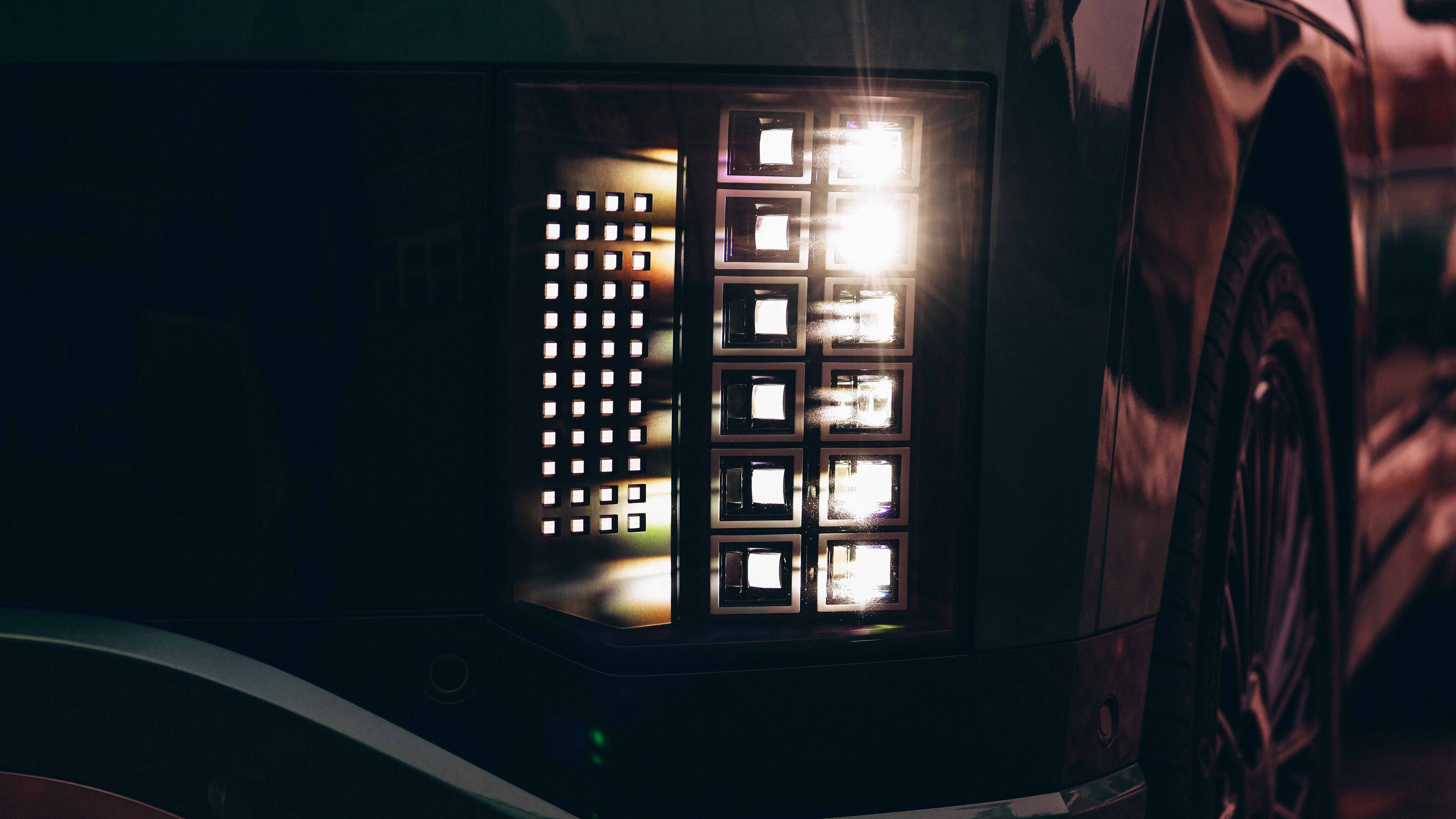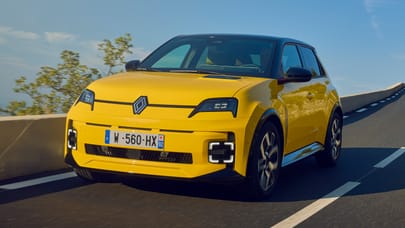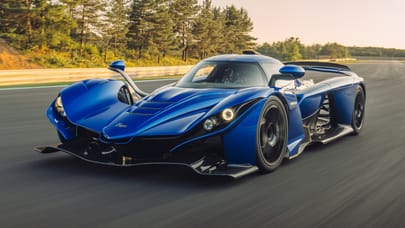
Seoul train: is the Hyundai Ioniq 9 the best electric seven seater right now?
There’s been a dearth of electric seven seaters on the market until recently, but thankfully the Koreans have our backs
Borders are strange things. Sometimes the only clue you’ve passed from one country to another is when your phone stops working as it hunts for a new network.
Not in South Korea. When you hit the demilitarised zone that separates it from the north, you know all about it. The DMZ spans 160 miles from coast to coast, and it’s almost three miles wide. OK, so you don’t hit a giant wall as you approach, or suddenly become besieged by suicide drones (yep, they’re a thing), but everything feels a little... other.
First you spot a growing number of military vehicles and personnel. Normal traffic thins out to the point that there isn’t any at all. Eerie. Our all-new, plus-sized Hyundai Ioniq 9 – no shrinking violet, this – is now hiding in plain sight. Then you notice the so-called ‘tank traps’, giant concrete blocks at strategic intervals on the roadside. These can be detonated to stop an invading force from progressing any further. This is what paranoia looks and feels like.
Photography: Christian Bittmann
You can’t blame them. South Korea has effectively been at war with its neighbour for more than 70 years, locked in a high-stakes stalemate that’s one of the world’s more curious geopolitical conundrums. Not least because life under Kim Jong Un’s regime – blue jeans are banned because they’re a symbol of Western decadence – is somewhat different from the one lived in the south. Seoul has been bullied a fair bit over the years, and had to reconstruct and reimagine itself following the fighting in the 1950s.
It’s done so in relentlessly inventive style. The city is a dreamscape of endless gleaming steel and chrome buildings, the climax of the movie Inception made real. The streets in the Seongsu and Sinsadong districts fizz and pop with the intense energy only a big Asian city provides – creative, fashionable and a bit bonkers. Seoul is currently sixth on the list of the world’s biggest metropolitan economies behind Paris, San Francisco, LA, Tokyo and New York. But it’s ahead of London.
Hyundai is part of this, of course, one of Korea’s biggest companies with tendrils that spread in myriad directions. Done with simply catching up, its automotive arm is currently bossing the discourse on car design and technology. But can the magic extend to an electric XL people carrier?
Actually, things have been reined in a bit compared to the Ioniqs 5 and 6 (and the related Kia EV9). Hyundai calls its philosophy “aerosthetic”, leaning into aero efficiency without going nuts. The signature pixel lights are here – inspired by the mieum character in the Korean alphabet – and nicely worked radii hide the 9’s inherent blockiness. That boxy form is more streamlined than it looks, though. A gently curved roofline and a tapered tail result in a drag coefficient of 0.259, important when it comes to extending an EV’s range. There’s also active aero, an underbody flap sending cooling air to the battery and drive system when it’s needed. The Ioniq 9’s windscreen, tailgate glass and interior sensors handle the connectivity and autonomous driving requirements, so there are no unsightly lidar excretions. Volvo, take note.
Top Gear
Newsletter
Thank you for subscribing to our newsletter. Look out for your regular round-up of news, reviews and offers in your inbox.
Get all the latest news, reviews and exclusives, direct to your inbox.
Three versions are available, each equipped with a hefty 110.3kWh lithium NCM battery, in escalating power outputs. TG’s is the midranking Long Range AWD, dual motor but with the power pegged back to 309bhp. Prices and specifications are still unconfirmed, but we expect this version to cost around £74k.
Seoul doesn’t sprawl quite like LA but its traffic is still multiple flavours of hell. From our hotel south of the Han river, we head northeast. Despite the congestion, no one hammers their horn or drives angry. The Ioniq’s powertrain is expertly judged, stepping off briskly without snapping your head back. An active sound design programme offers a bunch of different whooshy noises, but after trying them out we decide silence is golden. A shortcut button has knocked off the ADAS, so there’s no bonging.
It takes 90 minutes to fully escape the city, but eventually the modernist high rises give way to countryside. Rural South Korea and Seoul, it seems, are very different entities. There’s little steel or chrome out here and no sign of K-pop, but you can sense a serenity. The younger generation is invariably drawn to the city, although there are signs that this trend is actually reversing. It’s called gwinong gwichon – the pursuit of a simpler life.
The Ioniq 9 is down with that. “During COVID there was a big ‘back to nature’ push,” Hyundai’s head of colour and trim, Diana Kloster, tells me. “We became more interested in biophilic design as a result, and wanted to create an interior environment that really destresses the occupants. We get accused of greenwashing but trust me, we really are trying. We are rigorous about the sustainable fabrics we use, and there’s recycled marine waste, plastics and aluminium in this car. But it is also a premium product. You need to open the door and immediately sense the quality.”
On the twisty roads on the run up to the DMZ, the Ioniq 9 is surprisingly adroit
It’s right up there. The commanding driving position and seats are Range Rover good. In some markets, the ‘Relaxation’ chairs have full massage functionality, and the middle row can be smoothly swivelled round to face the rear seats. Row two is limo-like, and even row three is pretty spacious. Fold it away and there are 1,323 litres of space.
Up front, a panoramic dual screen 12.3in display dominates the semi-floating dashboard. The touchscreen is intuitive and easy to read, although the graphics are a little vanilla. The steering column is busy, drive done via a chunky controller, paddles on either side altering the level of regen braking. A tech palace on wheels it may be, but climate and audio get physical buttons. Wireless Apple CarPlay and Android Auto are standard, and the steering wheel’s pixelated green dots illuminate the state of charge, as on the smaller Ioniqs. Go for the top ever so slightly chintzy Calligraphy trim and you get the upgraded 14 speaker Bose audio system. Various ‘features on demand’ are available from the online store, including video streaming.
It’s also practical. The ‘Universal Island’ is a console with bidirectional armrests that can slide up to 190mm between the first and second row of seats. There are little rubberised pixels on top of the console island that stop your phone from sliding around. It’s also cooled so it won’t fry while it charges. The HVAC uses a heat pump that recycles waste heat to maintain an appropriate cabin temperature without draining the battery. There are six USB-C ports on all three rows that can deliver 100W of power. A steriliser cubby can sanitise phones, wallets and whatever else ends up in there. For a country that didn’t endure a COVID lockdown, the Koreans are keen on cleanliness.
The Ioniq 9 uses Hyundai’s E-GMP architecture, a modular platform that underpins other Hyundai and Kia EVs. A compact electric power system combines the motor, transmission and inverter into a single unit. Thanks to its 800V battery system, the Ioniq 9 charges from 10 to 80 per cent in just 24 minutes – assuming you can find a 350kW charger. Vehicle to load functionality means you can use that huge battery to charge other devices.
On the twisty roads on the run up to the DMZ, the Ioniq 9 is surprisingly adroit. It rides on a multi-link suspension at either end with twin-valve dampers, and it’s polished and plush on the move. This is an upmarket play from Hyundai, but active noise cancelling tech, triple layered acoustic glass, and noise reducing, foam filled tyres take the fight to the establishment.
And it’s thoroughly engineered. A Chassis Domain Control Unit delivers torque vectoring for more precision on cornering, and lateral wind stability control monitors high speed behaviour. The Ioniq 9 stays flat and stable. Auto Terrain mode uses AI to interpret the weather conditions and track the road ahead to select a suitable driving mode.
On which note, there’s the usual selection – Normal, Eco, Sport and a My Drive one that allows you to personalise the setup – but as ever Normal feels like the best bet. The steering is nicely weighted without being especially interactive, and everything is in phase with everything else. The regen braking gives you the option of single pedal driving if you want it, and brake feel is pretty good. Our Long Range AWD test car can get to 62mph in 6.7 seconds and we manage 2.85 miles per kWh, although it was subzero outside most of the time. Expect to see over 300 miles in warmer conditions.
Having made a break for the border, we head back into the city, all reflections and neon. Electrification suits this big Hyundai, a soothing luxury experience in a world that’s slipped its moorings. It’s a worthy winner of our Best Seven Seat EV.
Trending this week
- Long Term Review
Answering YOUR questions about living with a Volvo EX30





